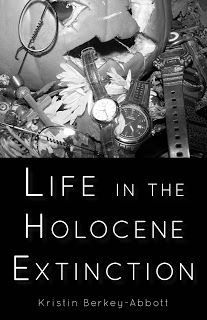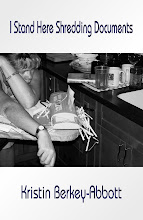For many of us, the summer of 2020 has been a season of racial reckoning, of a sort. We've had story after story of terrible police brutality. Some of us will think of George Floyd, some of Breonna Taylor--sadly, there's no shortage of these kinds of stories. It's been a summer of protests across the nation, and from what I can tell, from a distance, those protests have been largely peaceful.
Yesterday I watched the news reports that told me that there would be very little in terms of justice in the case of Breonna Taylor. There were lots of bullets and one officer who will be charged with some form of reckless endangerment--not for endangering the lives of Breonna Taylor and her boyfriend, but the people in neighboring apartments.
I am both surprised and not surprised. There will be all sorts of stories in various sorts of media that will explain all sorts of aspects of this case. My brain returns to the book I've been reading with an online journaling group, Resmaa Menakem's My Grandmother's Hands. It's a powerful work that explores trauma and all the ways our bodies store trauma--and how that process is different for white bodies, for black bodies, and for police bodies.
It's not just a book, but also a workbook. It's full of exercises to help us safely move the trauma out of ourselves--and not just our trauma, but the trauma experienced by our ancestors. Even if we're protected by our culture now (by our race, by our gender, by our economic status), most of us come from people who have been brutalized, and even if they weren't brutalized, they were surrounded by brutality. Menakem reminds us, "When you heal historical and intergenerational trauma, you heal the people who came before you. You also heal the generations to come, because your healing means you will not pass on your trauma to your descendants" (p. 180).
If enough people do this work, we can heal society: “When, over time, enough bodies heal from historical, intergenerational, and personal trauma and learn to harmonize, that harmony can turn into a culture of resilience and flow” (p. 182). It's not enough to start another book club, although knowledge is important. Menakem reminds us over and over again that healing doesn't happen in the head. It happens in your body.
So how do we do this work? We choose clean pain over dirty pain which means choosing integrity over fear. We let go of what is familiar but harmful. We find the best parts of ourselves. We return to the practices that Menakem gives us in his book, exercises that release the pain of generations stored in our bodies:
I highly recommend the book, of course. But while you're waiting for the book, this interview from Krista Tippett and her On Being show will give you a taste of Menakem's teaching.







No comments:
Post a Comment